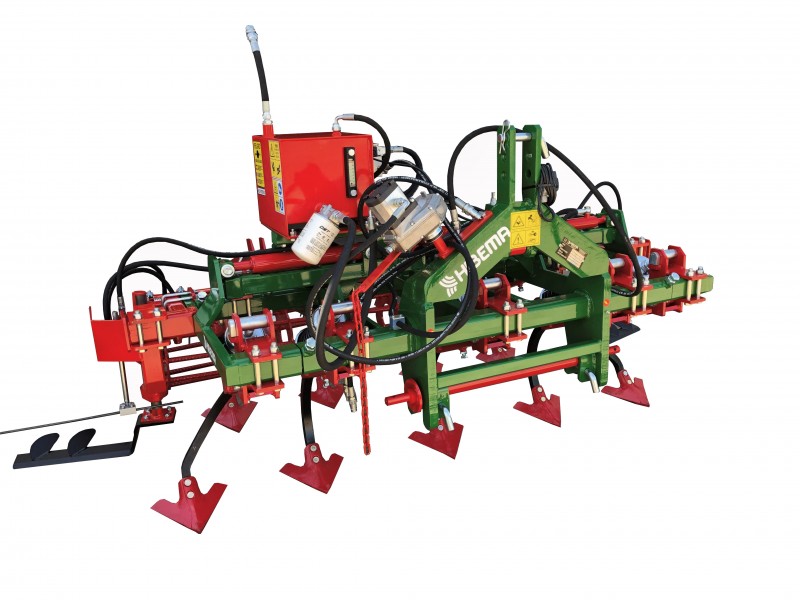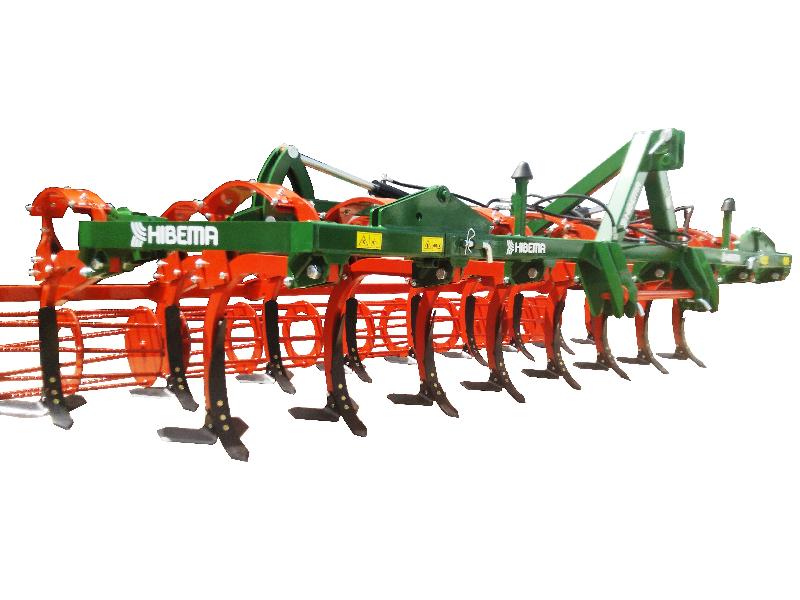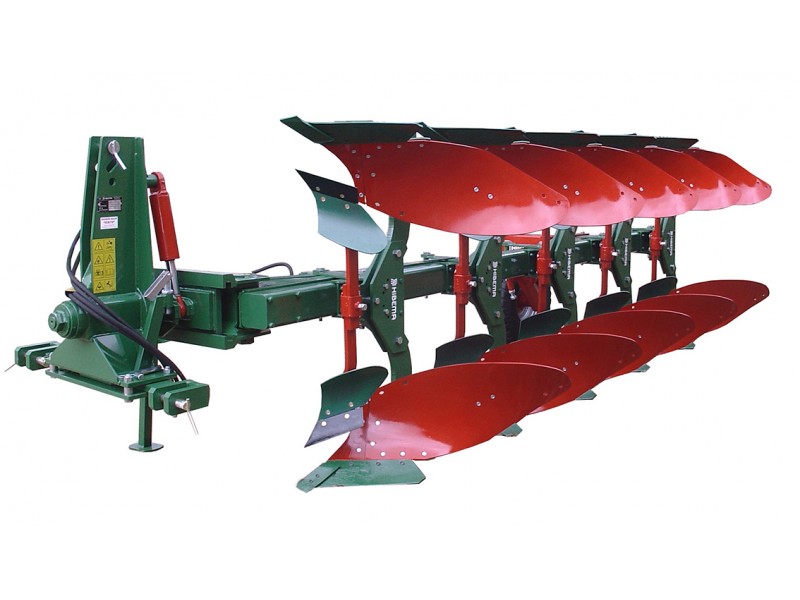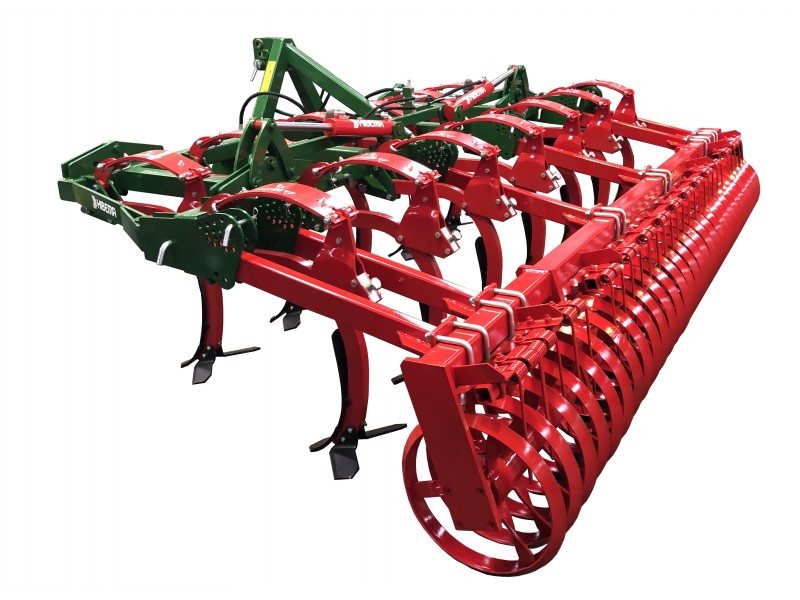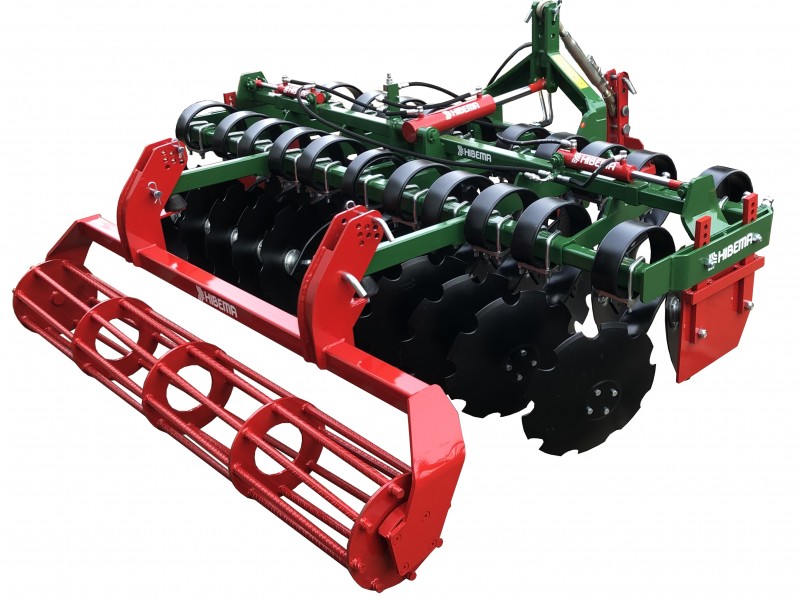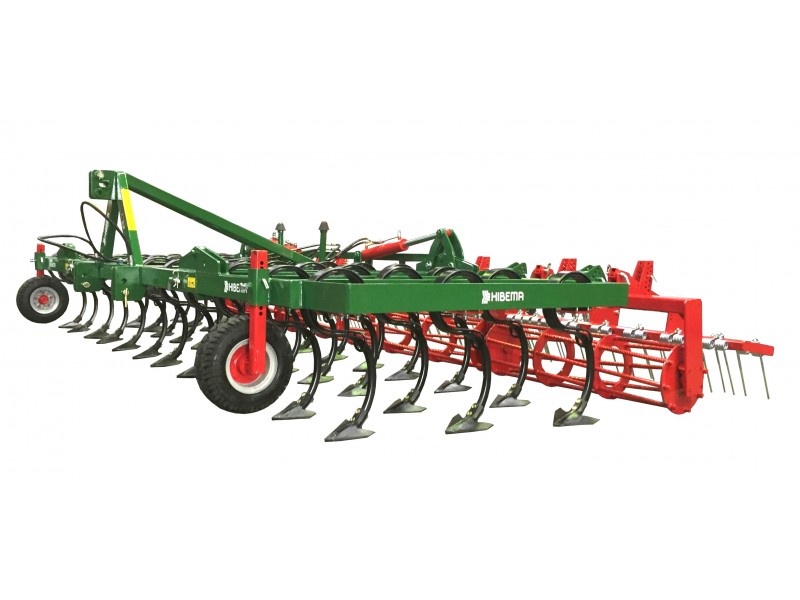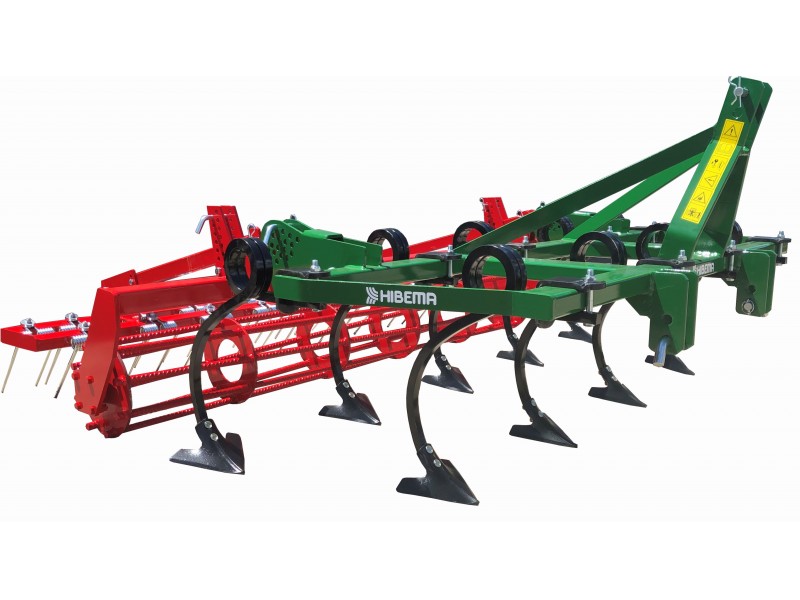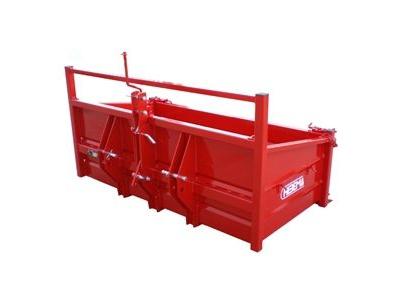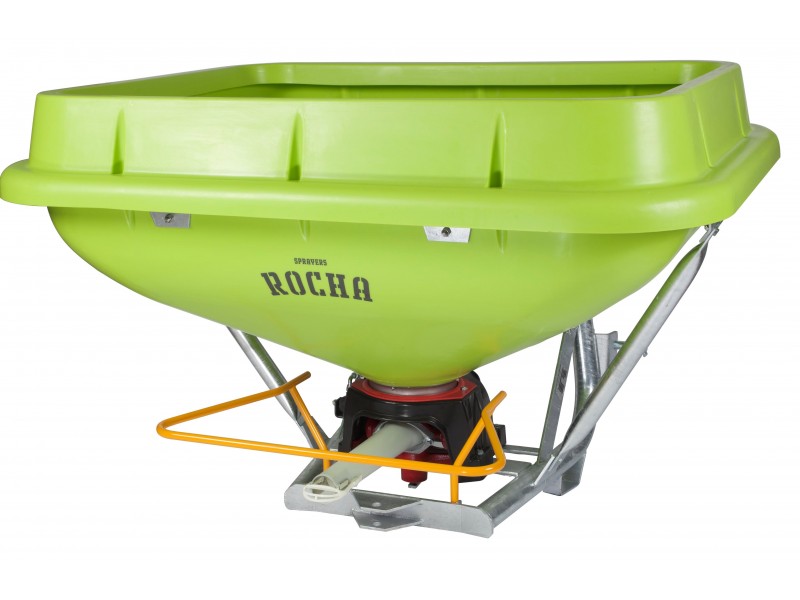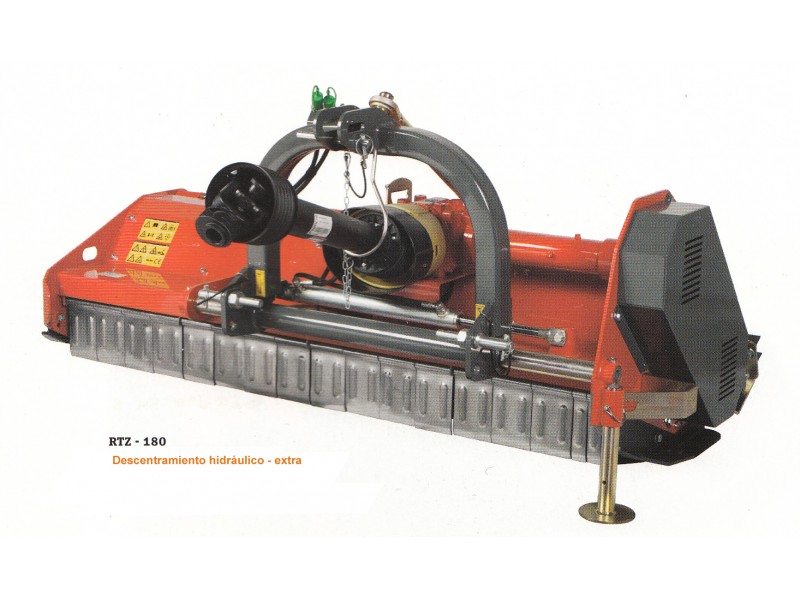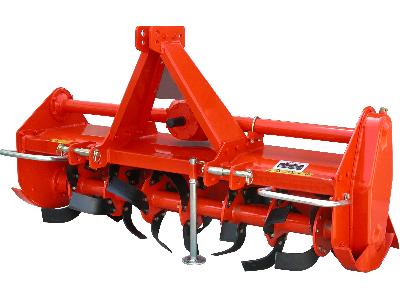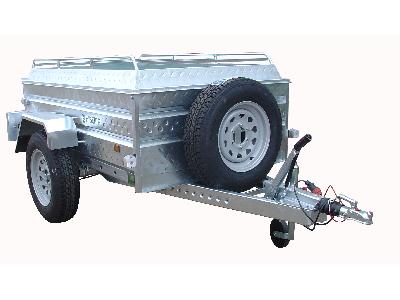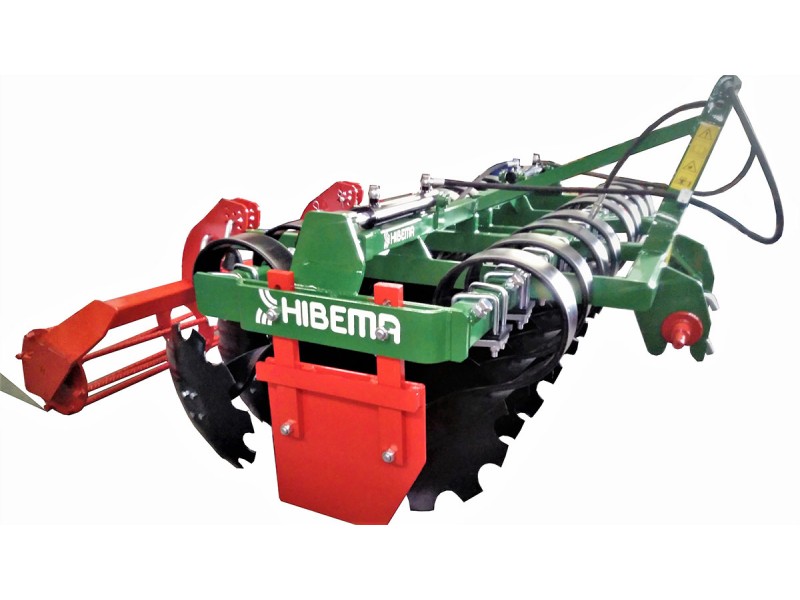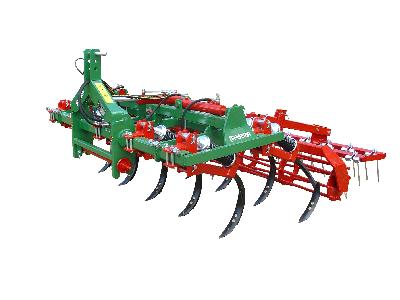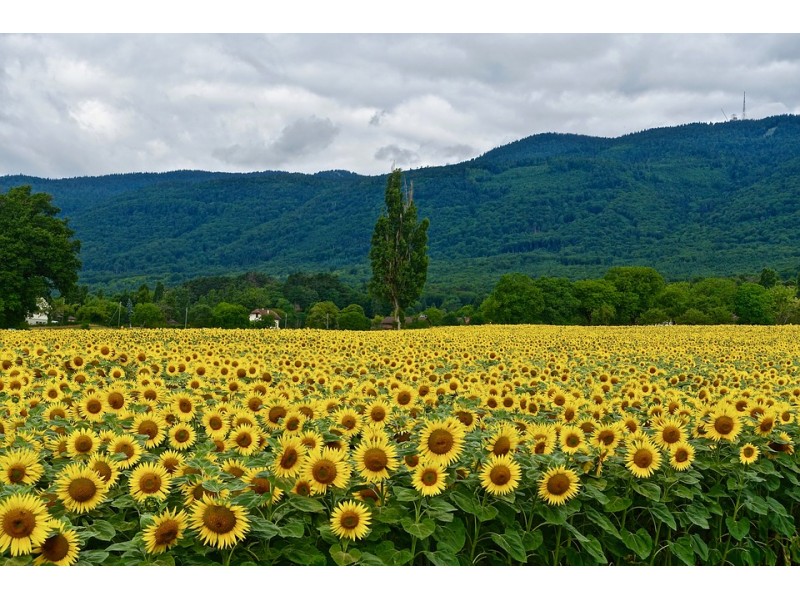The results of this survey are from a statistical sample operation and refer to the land cover at the time of the field research (summer 2020). As this is a sample survey, the results for crops and land cover with smaller areas are subject to greater relative error, but are published because of their interest. These results are therefore not the official figure to be disseminated in the agricultural statistics yearbook. The areas of citrus and non-citrus fruit trees and other woody crops in dryland areas include those of abandoned plantations.
The results of ESYRCE 2020 indicate a slight decrease in the area of arable crops, which is widespread in all categories except fodder crops. Fallow land is 3% higher than in 2019. The increase in the area under woody crops is mainly due to the increase in non-citrus fruit trees due to the expansion of almond and pistachio trees, followed to a lesser extent by avocado, walnut and chestnut trees. Citrus fruit trees are decreasing very slightly in area and olive groves are increasing in all three categories in the Esyrce.
Evolution of the surface area of agricultural land
As a whole, the farmland is very stable. This year the cultivated area is decreasing as opposed to the increase in fallow land. The area of woody crops increases slightly (0.77% between 2019 and 2020) while the area of arable crops decreases by 2.10% in the same period. Fallow land increases by 3.09% in the last year.
Herbaceous crops:
Herbaceous crops, together with fallow land, make up the arable land. Unlike fallow land, the area of arable land has fallen by 0.84% due to the general decline of all groups except fodder crops. The decline in leguminous crops is particularly noteworthy, as they account for almost 20% less surface area than in 2019.
In 2020, arable crops will occupy 8,556,482 hectares, representing a decrease of 2.11%. Grain cereals fall by 1.3% to 6,062,895 hectares; one of the most important reductions is that of legumes, which lose almost 20% of their surface area with the 292,326 hectares sown; tubers also fall by 6.86% to 53,493 hectares and vegetables and flowers by 4.27% to 233,288 hectares; finally, it is worth highlighting the 3.64% increase in fodder crops.
Cereals
For the cereals group as a whole, there is a decline of 1.30 % to around 6 million hectares due to the general decline of all crops in the group.
The only crops which have increased in area are quinoa (66.28% to 6,638 ha) and other grain cereals, notably millet and spelt. Rice, following the trend of previous years, is decreasing in area, although this year more slightly than in previous years.
Wheat fell by 0.12% to 1.6 hectares, two-row barley by 0.27%, despite the fact that it totalled 2.6 million hectares, while the six-row barley area fell by 7% to 188 007 hectares, and maize fell by 0.81% to 356 278 hectares.
Legumes
Leguminous plants are the group of herbaceous plants that has decreased the most with respect to the previous year, with a decrease of 20% with the 292,326 hectares that they add up to. Beans and dried beans, lentils, chickpeas and dried peas all experienced a significant drop. It is followed by eaves, vetch and other grain legumes. The increase in lupine and carob beans is surprising, despite the fact that there is little national cultivation area.
Industrial crops
In industrial crops, the surface area drops by 3.64%, as 920,533 hectares are dedicated to these crops. The crop that has increased the most in percentage terms is rapeseed, which has grown by 20.49% to 80,405 hectares.
The crop with the largest area, sunflower, fell by 5.95% to 660,521.
Beetroot has fallen by 16% to 28,981 hectares
Tobacco, despite the 2019 increase, has returned to levels of two years ago. The rest of the crops in the group show decreases except for industrial tomatoes and other industrial crops including safflower, condiments and aromatics.
Fodder crops
The fodder plant group is the only one to increase its surface area within herbaceous crops with respect to the previous year and it does so by 1.79%, totalling 943,907 hectares.
The vetch stands out above all, growing by 28.25% with 65,789 hectares. Alfalfa also increased by 1.69% to 353,676 hectares and, to a lesser extent, polyphyte meadows and other winter cereals for fodder. Fodder maize fell by 2.26% and among other fodder crops, the decline in beet and fodder cabbages together with other weed plants for fodder is noteworthy.
Vegetables and flowers
The vegetables and flowers group suffers a 4.27% decrease in area with 233,288 hectares, mainly driven by melon with a 23.69% decrease (18,541 hectares), broccoli with an 18.77% decrease in area, tomato with 12.69% (9,906 hectares), and more slightly onion and asparagus.
It is important to note that, due to the timing of ESYRCE's first field visit, vegetable crops cannot be fully harvested at this time.
Fallow land
The amount of fallow land increased this year by 3% to 2.9 million hectares, with irrigated fallow growing by 25% to 127 134 hectares. It should be noted that ESYRCE collects all uncultivated arable land at the time of the visit, regardless of its classification under CAP aid (traditional, environmental and non-productive) and even if it is not awaiting sowing or has been ploughed for any reason, it is not sown during the year.
Woody Crops
The woody crop group as a whole increases its area by 0.77% to 5.3 million hectares. The only species that fall, albeit slightly, are vines (down 0.33% to 964,037 hectares), citrus fruit (down 0.17% to 307,025 hectares) and other woody crops. Virtually all the crops within the classification increased, especially peach, papaya and raspberry. Pistachio is declining for the first time after several years of continuous increase in its surface area.






